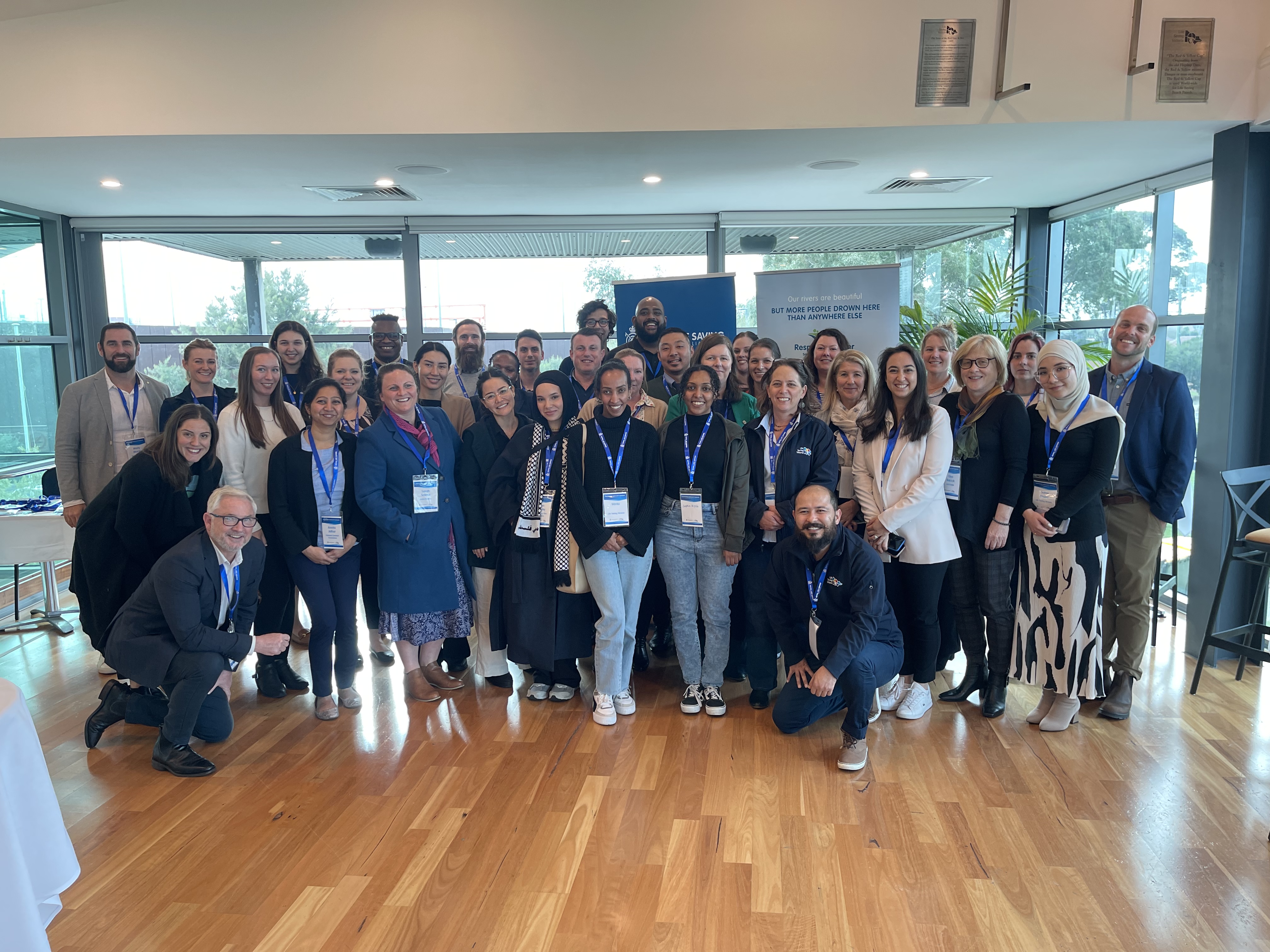Published 17 June 2024
Royal Life Saving Australia and Life Saving Victoria hosted a Multicultural Water Safety forum in Melbourne, last week, in response to a tragic summer where it is estimated that 25 per cent of drowning deaths involved people born overseas.
Over 60 delegates from across Australia, including multicultural community leaders, government officials, academics, and the water safety sector, gathered for a two-day, nationally focused workshop to prioritise high-level solutions for addressing drowning among Australia’s multicultural communities.
The forum highlighted several key areas that require future discussion and action to improve water safety and reduce drownings in diverse communities. Some of these include:
- Partnerships and collaboration among water safety organisations, swim program providers and multicultural agencies and community leaders to drive community level change, including working with university sectors to prioritise strategies for international students.
- Sustained, expanded investment for the ongoing implementation of programs and initiatives aimed at reducing the drowning toll in vulnerable communities across the country.
- Robust communication of water safety messages that go beyond translation and signage, co-designed with community leaders to ensure education campaigns and safety messages are understood and have greater reach into communities.
- Removing barriers to participation and increasing access to appropriate swimming and water safety education programs for people of all ages, from all backgrounds and abilities.
Royal Life Saving Australia CEO Justin Scarr said, “One in four drowning deaths last summer were people born overseas. There are many water safety initiatives designed to reduce drowning among our multicultural communities. This workshop was about assessing what is working and what else can be done to prevent another summer of sadness.”
“Existing measures include translated community campaigns, swimming and water safety programs, and signage, all prioritising a diverse range of groups, including tourists, migrants, refugees and international students. We are keen to hear from community leaders and policy managers to identify what more we need to do,” said Mr Scarr.
Community leaders who attended the Forum made it clear to policy makers and water safety agencies that multiple solutions are needed that go beyond signage, learning to swim and translated resources. Community leaders emphasised that initiatives need to be co-designed with community and tailored to community needs in order to make a difference.
A highlight of the Forum was hearing from young community role models from multicultural backgrounds who learnt to swim in Australia and are now teaching their own communities, as one example of successful solutions that address both water safety and settlement outcomes, such as employment and social networks.
The Australian Water Safety Strategy 2030 priorities addressing drowning in multicultural communities. The workshop will contribute to the mid-term review of the Strategy.

